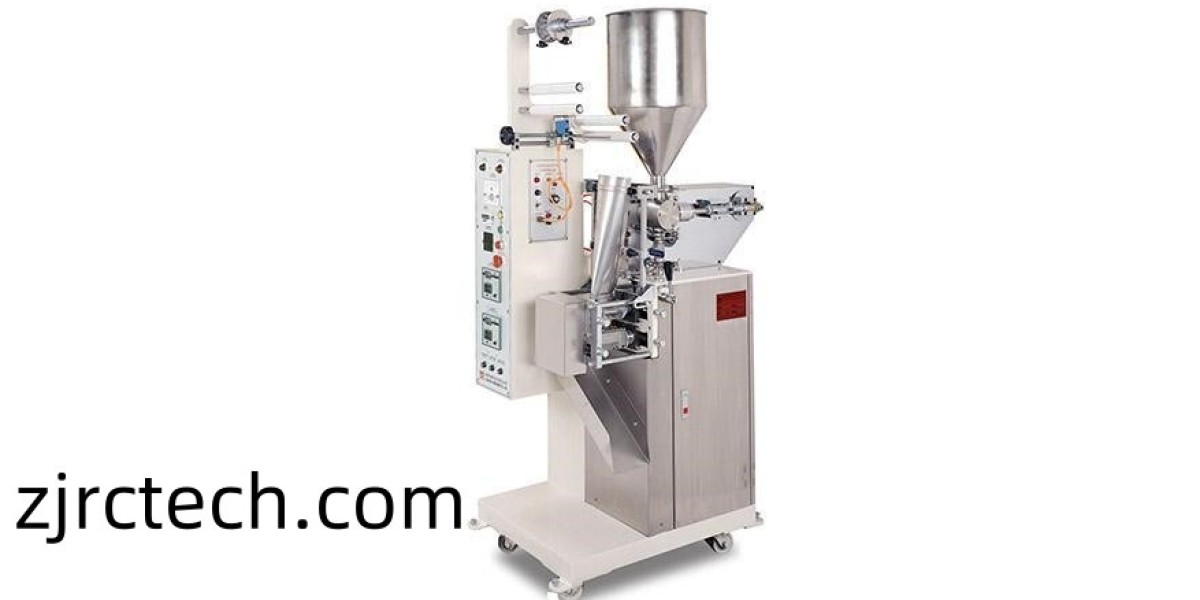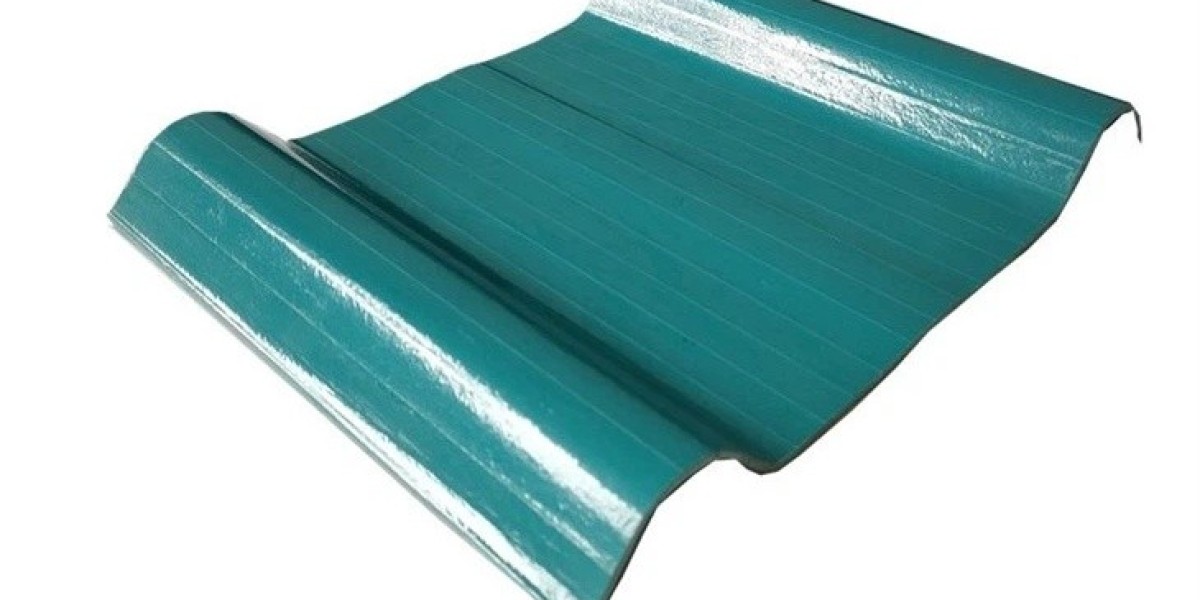In many processing industries, the role of a Vertical Mixer is central to achieving consistency and efficiency in material blending. This type of machine is widely applied in fields ranging from agriculture to chemicals, where precise handling of ingredients defines the quality of the final product.
Mixing is one of the most fundamental operations in production, and companies depend on dependable equipment to keep workflows smooth. The ability to combine powders, granules, or fibrous materials evenly ensures that every batch meets specific requirements. Consistency in mixtures translates directly into better performance of animal feed, fertilizers, or even specialized products in pharmaceuticals and construction.
The working principle of upright mixing equipment often involves moving materials both upward and downward in a repeating cycle. This circulation ensures that no area of the batch remains unmixed. By preventing stratification or clumping, the process supports even distribution of nutrients, additives, or functional components. Such precision matters not only for product performance but also for cost efficiency, since wasted material or reprocessing can become expensive.
Another important element is adaptability. Factories require machines that can handle different recipes and ingredients without compromising efficiency. Upright mixing equipment can often be modified with different blades, liners, or discharge mechanisms to meet specific processing demands. This versatility makes it an attractive option for facilities looking to maximize output while keeping operations flexible.
Durability and maintenance are also vital. Equipment used in continuous production must withstand heavy workloads, abrasive materials, and long hours of operation. Strong construction materials, modular parts, and well-designed drive systems contribute to long service life. Regular inspection and preventive care help reduce downtime, ensuring that operations remain reliable even under demanding conditions.
Energy efficiency is another consideration. Modern designs often include variable speed controls or optimized drives, reducing unnecessary power consumption. By tailoring energy use to actual demand, these machines help lower operational costs while supporting sustainable practices.
Integration with larger systems further increases efficiency. Automated feeding, weighing, and discharge systems can work in coordination with the mixer, ensuring smoother workflows and reduced manual labor. Control software allows operators to monitor processes, adjust parameters, and maintain batch records with accuracy. This digital connectivity aligns with the broader trend toward smart manufacturing.
For businesses, choosing the right mixing solution is about more than capacity. It involves evaluating long-term reliability, ease of maintenance, adaptability, and support services. A well-chosen system can improve product quality, enhance worker safety, and reduce costs over time.
Companies exploring advanced mixing technologies can benefit from understanding the advantages of upright mixing equipment and how it supports modern production needs. With the right investment, organizations position themselves for improved performance and sustainable growth in competitive markets.
For more information, visit https://www.zjrctech.com/product/vertical-mixer-and-ingredient-excavator/








